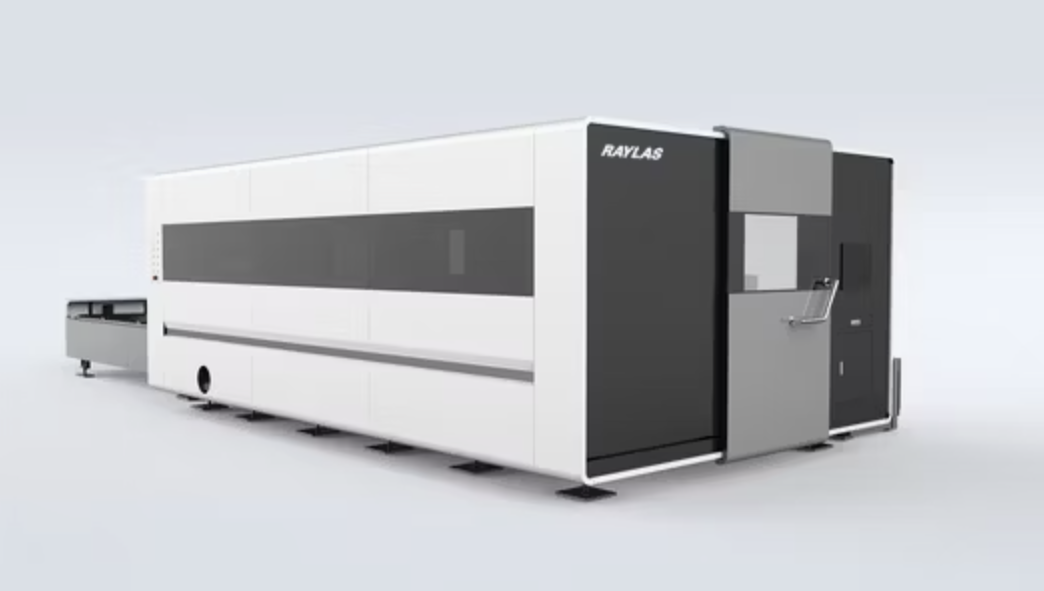
Posted on Wednesday, October 4, 2023
Selecting the right metal fabrication machines is critical to achieving efficiency, precision, and cost-effectiveness in various industries. This guide explores key factors to consider, machine types suited for different applications, and cost and power requirements to help you make informed decisions.
A mid-sized manufacturer saved 30% on equipment costs by purchasing refurbished CNC machines, achieving ROI within 18 months through increased production efficiency.
CNC machines offer high-precision cutting and shaping, ideal for detailed and intricate designs, while plasma cutters are best for quickly cutting through thick metals at lower costs.
These machines are designed to minimize power consumption, often incorporating technologies like regenerative braking or low-energy standby modes to reduce electricity costs and carbon footprints.
Consider your budget, production requirements, and long-term ROI. If reliability and the latest features are priorities, opt for a new machine. For cost savings, used machines can be a great option, provided you ensure they are refurbished and meet your production needs.
Choosing the right metal fabrication machine depends on your industry needs, material types, precision requirements, and regional power considerations. Whether investing in versatile machines or evaluating new versus used options, thorough research and planning ensure cost-effectiveness and productivity.
Make informed decisions to align your machine selection with industry-specific requirements and sustainability goals!
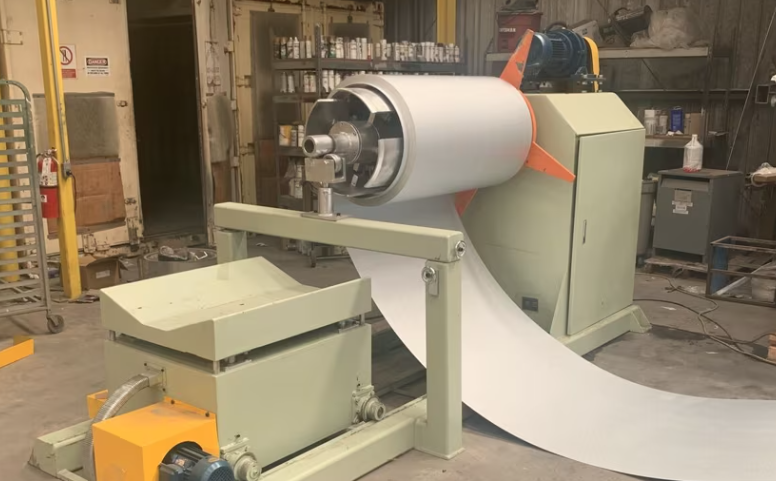
Understanding Coil IDs, Mandrel Sizing, and Shear Pin Safety in Uncoilers
Posted on Wednesday, October 1, 2025
Mismatched sizes can lead to machine damage, downtime, and safety hazards — often evidenced by a shear pin failure.
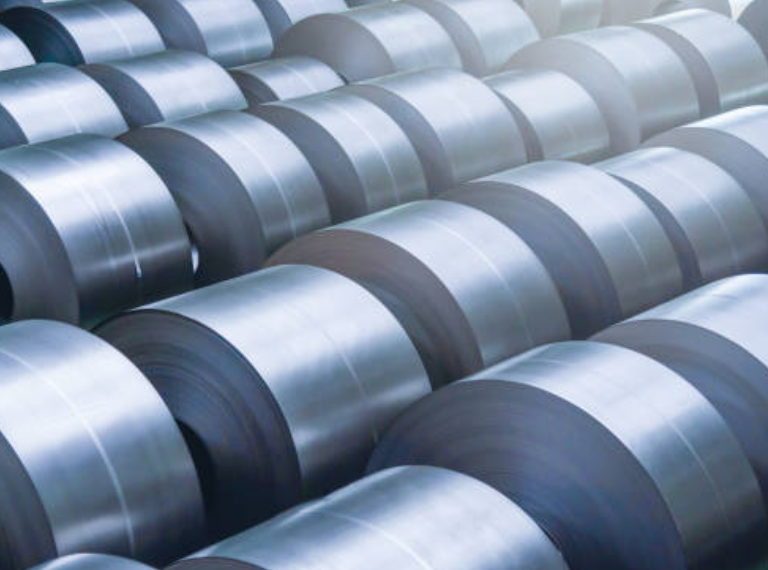
How Coil Tensile Strength Affects Roll Forming and How to Adjust Your Machine
Posted on Wednesday, October 1, 2025
Changes in tensile strength can significantly affect the finished profile, causing misaligned bends, uneven edges, and out-of-spec parts.
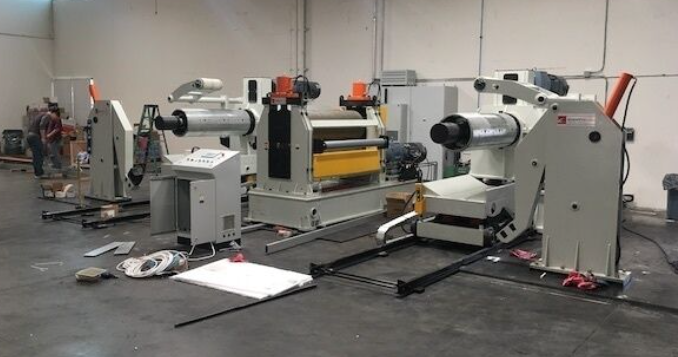
Why Paint Cracks on an Embossing Line Running Pre-Painted Coil and How to Prevent It
Posted on Wednesday, October 1, 2025
This issue not only affects the visual quality of the product but can also lead to increased scrap rates and customer complaints.
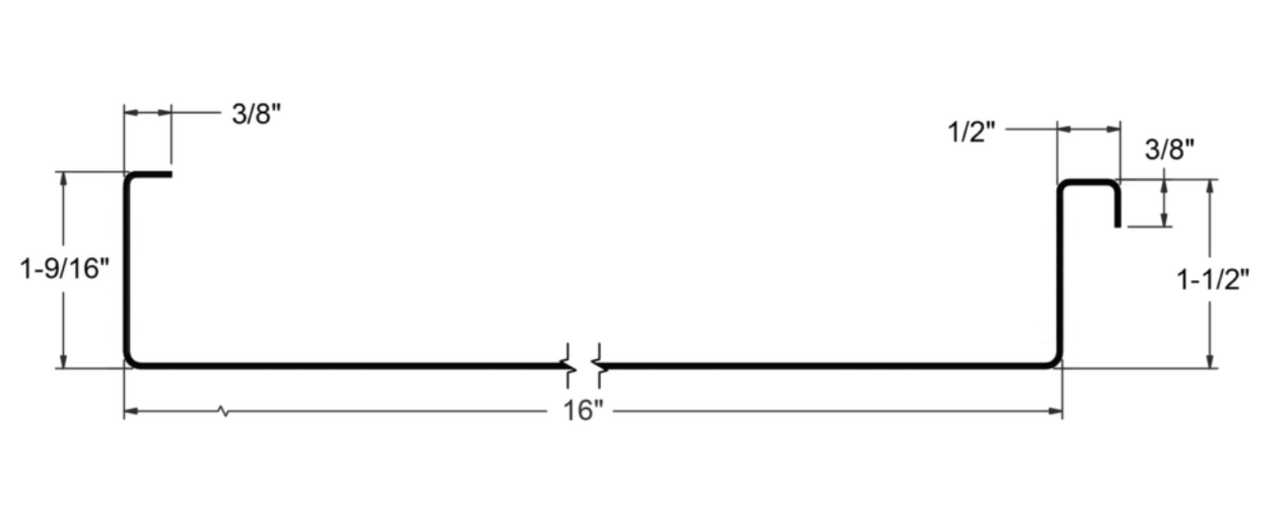
The Most Popular Standing Seam Metal Roof Panels in the U.S. — A Comprehensive Guide
Posted on Monday, September 29, 2025
In this post, we’ll explore what panel styles and sizes are most popular in the U.S